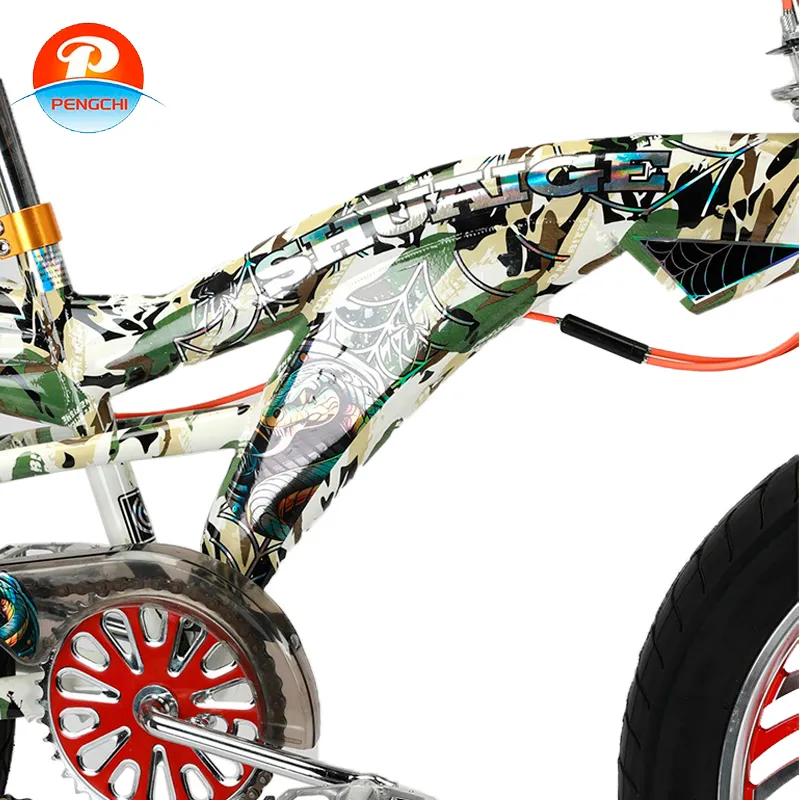
-
 Afrikaans
Afrikaans -
 Arabic
Arabic -
 Belarusian
Belarusian -
 Bengali
Bengali -
 Bulgarian
Bulgarian -
 Croatian
Croatian -
 Czech
Czech -
 Danish
Danish -
 Dutch
Dutch -
 English
English -
 Finnish
Finnish -
 French
French -
 German
German -
 Greek
Greek -
 hawaiian
hawaiian -
 Hebrew
Hebrew -
 Hindi
Hindi -
 Hungarian
Hungarian -
 Indonesian
Indonesian -
 irish
irish -
 Italian
Italian -
 Japanese
Japanese -
 Javanese
Javanese -
 kazakh
kazakh -
 Khmer
Khmer -
 Korean
Korean -
 Kyrgyz
Kyrgyz -
 Lao
Lao -
 Latin
Latin -
 Luxembourgish
Luxembourgish -
 Malay
Malay -
 Myanmar
Myanmar -
 Norwegian
Norwegian -
 Persian
Persian -
 Polish
Polish -
 Portuguese
Portuguese -
 Romanian
Romanian -
 Russian
Russian -
 Serbian
Serbian -
 Slovak
Slovak -
 Somali
Somali -
 Spanish
Spanish -
 Swedish
Swedish -
 Tagalog
Tagalog -
 Thai
Thai -
 Turkish
Turkish -
 Turkmen
Turkmen -
 Ukrainian
Ukrainian -
 Uighur
Uighur -
 Vietnamese
Vietnamese
नवम्बर . 01, 2024 10:45 Back to list
Tips for Choosing the Perfect Bicycle for Your Needs and Preferences
How to Pick a Good Bike
Choosing the right bike can be a daunting task, especially with the myriad of options available today. Whether you’re a casual rider, a mountain biking enthusiast, or a daily commuter, the right bike can enhance your experience and meet your specific needs. Here are some key factors to consider when picking a good bike.
1. Determine Your Purpose
The first step in choosing a bike is to determine how you plan to use it. Are you looking for a bike for commuting, recreational rides, mountain biking, or road cycling? Each type of biking has specific requirements. For example, if you’re commuting in an urban setting, a hybrid bike may be suitable due to its balance of speed and comfort. Conversely, if you’re aiming for mountain trails, a mountain bike with robust tires and suspension is essential.
2. Choose the Right Frame Size
The fit of the bike is crucial. A bike that’s too large or too small can lead to discomfort and impact your riding performance. Most manufacturers provide size charts based on your height, so be sure to consult these before making a purchase. If possible, visit a store to test ride different sizes. The frame should allow you to stand over it comfortably, and when seated, your legs should be able to extend without feeling cramped.
3. Understand the Components
how to pick a good bike

Familiarize yourself with the bike’s components. If you are leaning towards a road bike, pay attention to gear systems, brakes, and the type of wheels. A bike with a higher number of gears will offer better options for varying terrains. Similarly, consider the brake system; disc brakes provide better stopping power in all weather conditions compared to traditional rim brakes.
4. Quality vs. Price
While it’s tempting to go for the cheapest option, investing in a quality bike can save you money in the long run. A good bike should be durable and maintain its performance over time. Look for reputable brands known for their craftsmanship. Research reviews and ask for recommendations from experienced cyclists to guide your decision.
5. Accessories and Maintenance
Don’t forget about the accessories you might need, such as helmets, locks, and lights. These can improve your safety and convenience. Additionally, consider the maintenance aspects of the bike you choose. Some models require more upkeep than others, so ensure you’re prepared for ongoing maintenance.
In conclusion, picking a good bike involves evaluating your riding needs, ensuring the right fit, understanding components, balancing quality with price, and planning for accessories and maintenance. By taking the time to research and consider these factors, you’ll find a bike that enhances your riding experience and meets your lifestyle needs. Happy cycling!
-
New Red Anti-theft E-Bike | Easy Ride City Commuter
NewsJul.31,2025
-
BMX 20 Inch Bikes for Freestyle & Street | Fat Tire Options Available
NewsJul.30,2025
-
322 High Quality 26 Inch 21 Speed Adult Mountain Bike OEM MTB
NewsJul.29,2025
-
Specialized Kids Mountain Bikes - Safe, Durable & Fun Riding Experience
NewsJul.29,2025
-
Little Kids Mountain Bike - Lightweight Bikes for Young Riders
NewsJul.29,2025
-
Kids Mountain Bike Trek – Full Suspension for 6 Year Old Riders
NewsJul.29,2025

